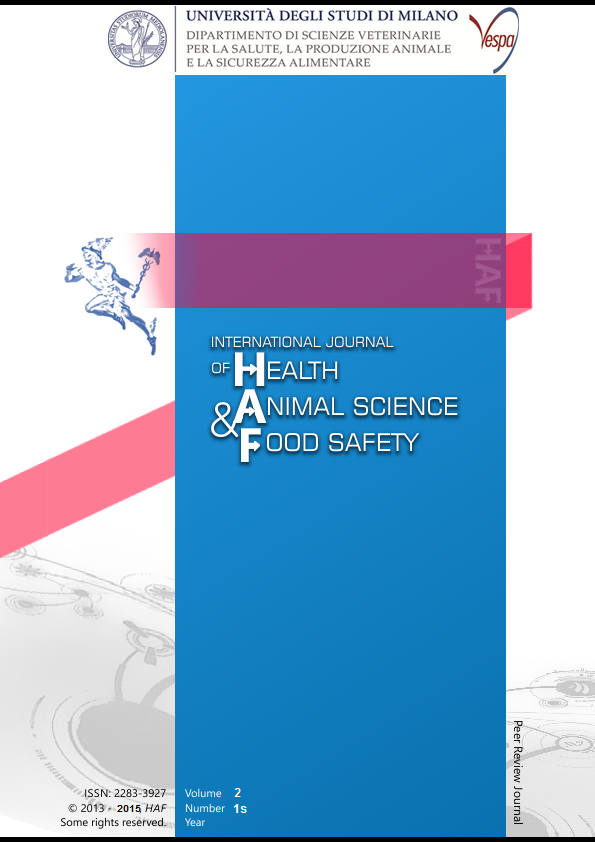Abstract
The regenerative mechanisms ascribed to mesenchymal stem cells (MSCs) are classified into 3 categories: differentiating into damaged cell types, supplying nutrients, and improving survival/functions of the endogenous cells via paracrine actions. However, because of the inhospitable microenvironment of the injured tissues, a proportion of the implanted MSCs may quickly die, suggesting that other mechanisms might be present. This notion is supported by the overlapping beneficial effect (in terms of time of healing) resulted after the injection of AMCs or of amniotic mesenchymal cells - conditioned medium (AMC-CM) in equine spontaneous injured tendons and ligaments. Microvesicles (MVs) released by cells are an integral component of the cell-to-cell communication network involved in tissue regeneration.In the present study, MVs secreted by AMCs were investigated with Nanosigth instrument and TEM. Then, the in vitro incorporation of MVs into equine tendon cells was studied by a dose-response curve. Lastly, the ability of MVs to counteract an in vitro inflammatory process induced by lipolysaccaride on tendon cells was studied evaluating the expression of pro-inflammatory genes like metallopeptidase (MPP) 1 and 13, and prostaglandin-endoperoxide synthase 2 (COX2). Results demonstrated that AMCs secreted MVs ranging in size from 100 to 1000 nm with a prevalence of 100-200 nm large MVs. Tendon cells were able to uptake them with an inverse relationship between concentration and time. The greatest incorporation was detectable at 40x106 MVs/ml after 72h. MVs induced down-regulation of MMP1 and MMP13, suggesting that they may have contributed, along with soluble factors, to in vivo tendon regeneration.This work is licensed under a CC BY-SA 4.0 international

